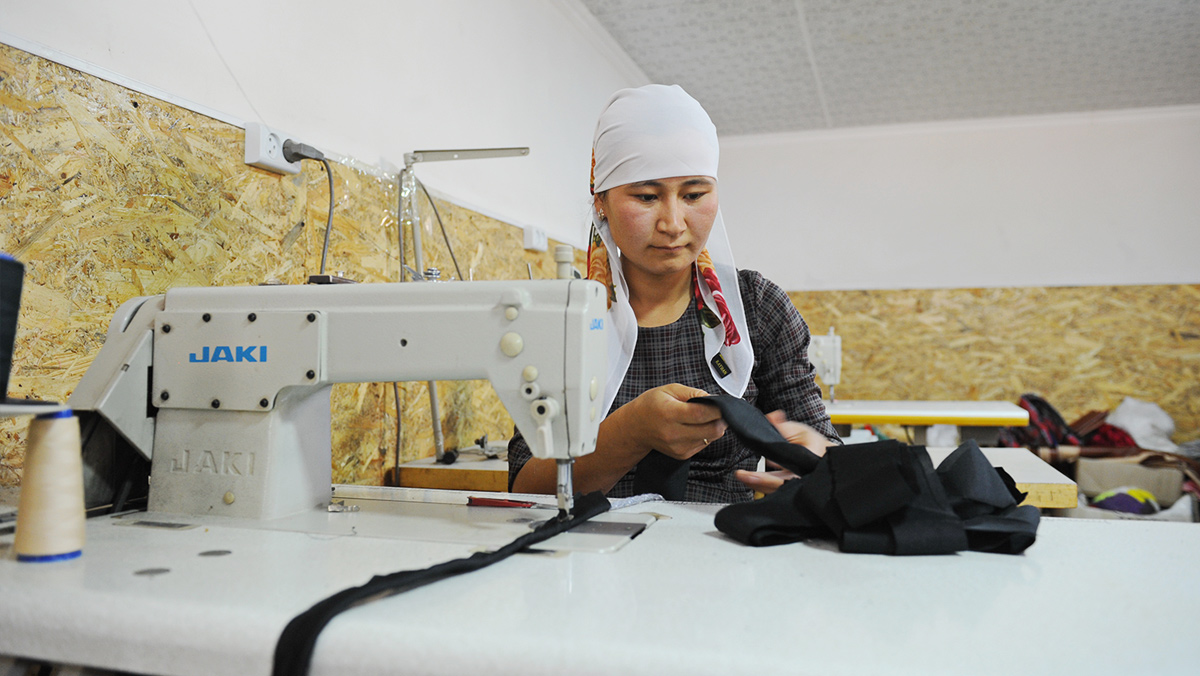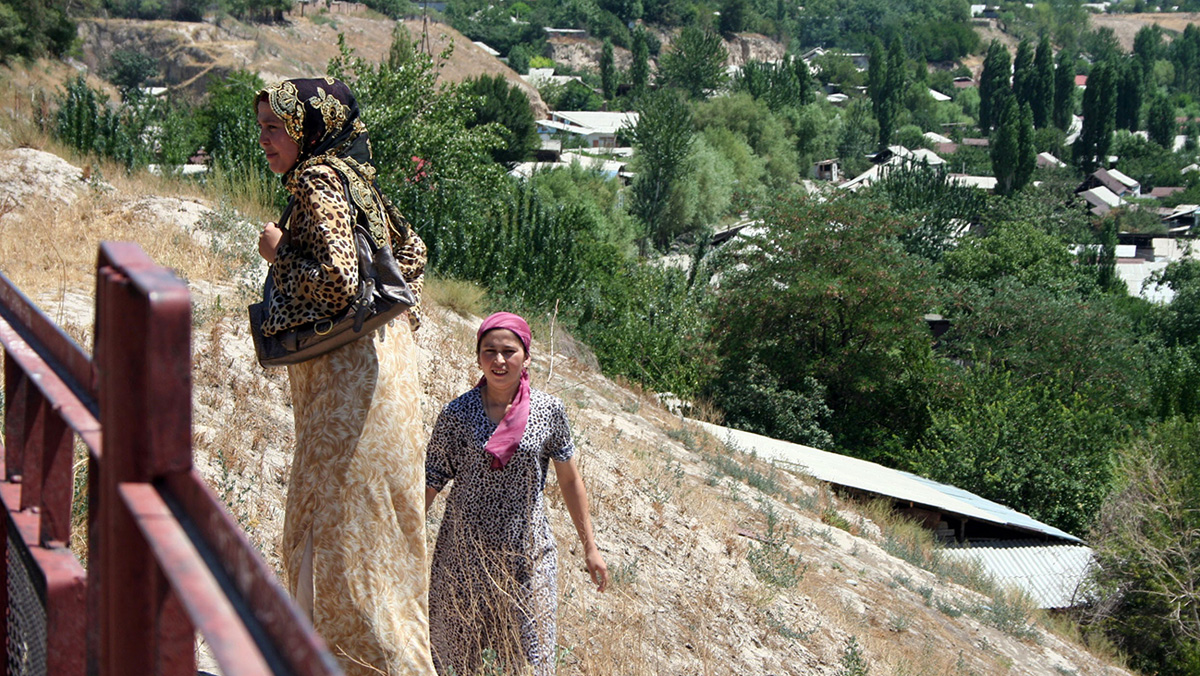
For Kyrgyzstan, achieving gender equality has been a part of the country’s development strategy and policy goals for over twenty years. But achieving gender equality is complex as in Kyrgyzstan it is underpinned by norms, processes and social institutions that cut across the economic, political, public and private spheres. A recent surge in gender-based violence across the world during the Covid-19 pandemic has been a painful reminder of just how easily gender equality gains can be lost.34
34 UN Women Europe and Central Asia (2020). In Kyrgyzstan, pandemic-related domestic violence increases vulnerabilities
The country is a signatory to numerous international agreements that emphasise the importance of gender equality, including the Convention on the Elimination of All Forms of Discrimination against Women and the Beijing Platform for Action35 In the latter, mainstreaming gender in key strategic documents and action plans was identified as an essential condition for effectively promoting equality. The National Development Strategy of the Kyrgyz Republic for 2018-2040 includes the aim of “full and equal participation of women in governance at all levels of decision-making in political, economic and public life” and that “…State programs are being implemented aimed at achieving gender equality and eliminating the imbalance between the opportunities of women and men." However, in spite of political will, women are still largely excluded from decision-making processes36 and violence against women and girls manifests itself in many ways, including domestic violence, kidnapping, trafficking and early marriage.37
35 Kyrgyz Republic (2020). Beijing +25 national level review of the Kyrgyz Republic on the implementation of the Beijing declaration and Beijing platform for action: progress and challenges
36 UN Women Europe and Central Asia (2020). UN Women in Kyrgyzstan
37 Asian Development Bank (2019). Kyrgyz Republic: country gender assessment
Measuring the depth and scope of discrimination and inequalities is a starting point to understand where and what policies to implement. But gaps in the availability of timely and quality gender statistics globally mean that information that policy makers need is missing. The UN Women initiative “Making Every Woman and Girl Count” (“Women Count”) promotes gender data availability and use and advocates for the production of gender statistics to support national priorities. Combined with PARIS21’s expertise in capacity development and formulating strategic plans for statistics,38
the programme helped Kyrgyzstan to integrate a strong gender perspective in the National Strategy for the Development of Statistics (NSDS) planned for 2022-2026.
38 PARIS21 Guidelines for National Strategy for the Development of Statistics (NSDS): Gender statistics
To kick-start this process in 2019, PARIS21 and UN Women regional and national offices and the National Statistics Committee (NSC) of Kyrgyzstan assessed in detail the state of gender statistics to find gaps in gender data and in the statistical capacity of Kyrgyzstan’s statistical system.

In September 2019, local development partners and data users throughout Kyrgyzstan’s statistical system came together to launch the assessment. Through this process, gender focal points provided their perspectives of the challenges and capacity needs, and users of gender statistics gave feedback on the quality and dissemination of gender statistics produced by the NSC.
In early 2020, policy demand for gender indicators was reviewed and the NSC mapped this against all gender data produced at that time by Kyrgyzstan’s statistical system. PARIS21’s data planning tool, ADAPT,39
was employed for the complex task of navigating the national ecosystem of gender data. ADAPT includes an option to tag all indicators as “gender-specific” across all existing policy frameworks. This helped NSC decision makers to extract gender-specific statistics and report on gender indicators across thematic sectors and various policy instruments like sectoral action plans.
39 ADAPT is a free cloud-based, multilingual tool for national statistical offices and other data producers to adapt their data production to the priority data needs by carrying out a data supply and demand analysis.
Availability and feasibility of compiling the 85 priority gender indicators in Kyrgyzstan (percent)
Availability of gender-specific SDGs indicators in Kyrgyzstan (absolute numbers)
Availability of the minimum set of gender indicators in Kyrgyzstan (absolute numbers)
The results of the assessment fed into the development of two policy instruments to measure progress towards gender equality. The first was the five-year National Programme for the Development of Statistics. The NSC has been working to develop a dedicated Gender Statistics Strategy, which will be attached to the NSDS. In parallel, the UN Women country office, UN Women Europe and Central Asia office supported the Kyrgyz government in the preparation of the National Action Plan for Achieving Gender Equality for 2021-2023. PARIS21 and UN Women advised the NSC on the alignment of gender indicators projected in both documents. In the meantime, the NSC made great strides to streamline the plans for dissemination of gender statistics and launched a Media Plan on Gender Statistics for 2021-2023 in October 2019, which included provisions to strengthen the collaboration with journalists and improve the quality and volume of gender data available on NSC website.

With these provisions in place, the NSC is well equipped to ensure a more sustainable production, co-ordination and dissemination of gender statistics in order to meet the growing demand from users. The adoption of the “Law on Official Statistics” in 2021 will help NSC to navigate the increasingly complex data ecosystem and improve the co-ordination of crosscutting areas like gender statistics.